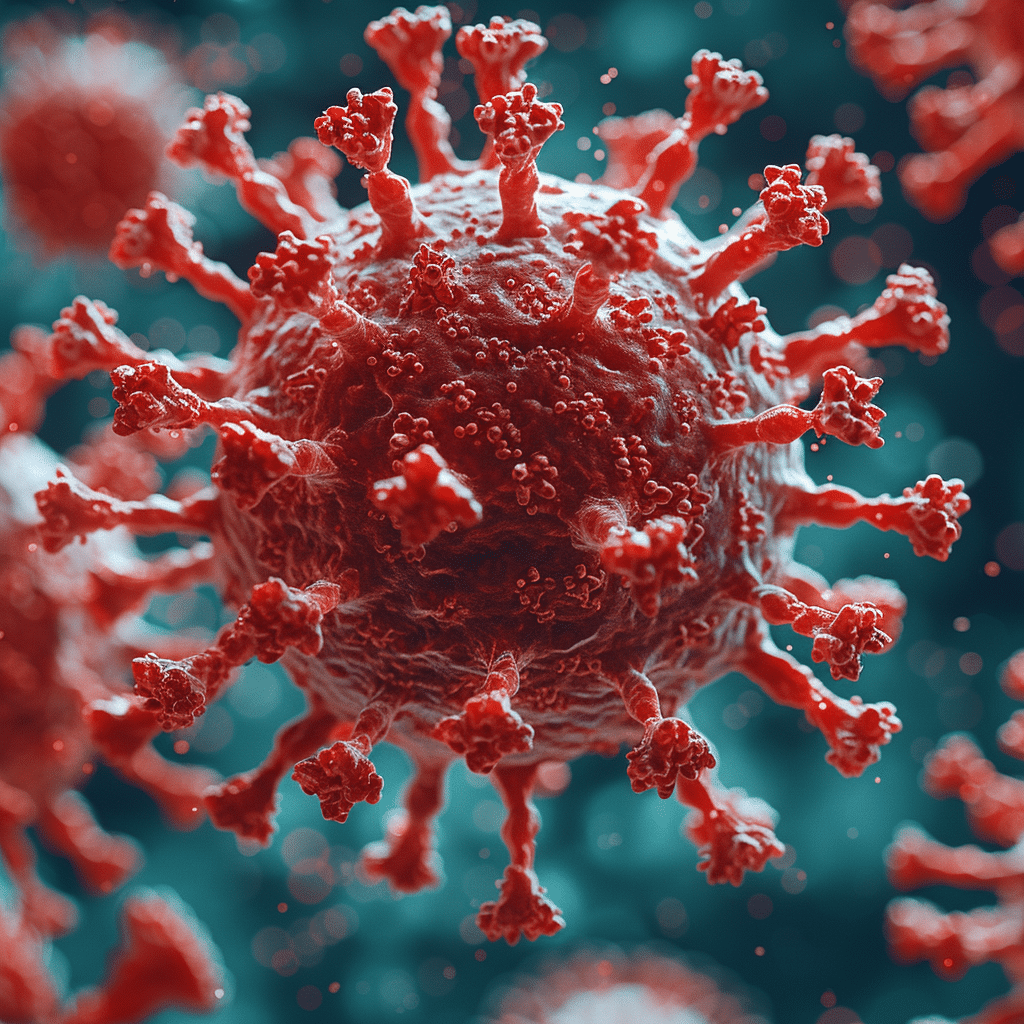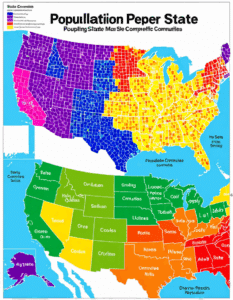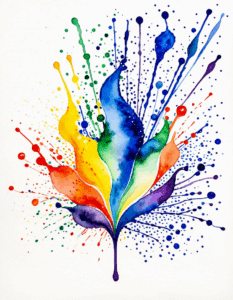Exploring the Prevalence of HIV in Spanish Communities
It’s no secret that HIV remains a stubborn adversary, and Spanish-speaking communities are no exception. But hang on a sec, why should we care? Because behind every statistic, there’s a family, a dream, and a life worth fighting for. Reports suggest that in some areas, Hispanics/Latinos are disproportionately affected, with social and economic factors fanning the flames of this epidemic. Just to give you a snapshot, the CDC mentioned that this group represented 27% of new HIV diagnoses in the US, while only making up 18% of the population.
Now, that’s more than just a number; it’s a wake-up call. It’s clear as day that we have a long road to hoe, but with boots on the ground, we can make strides. We’ve got to roll up our sleeves and ask the tough questions: Who’s getting hit the hardest? What’s the trend among young folks? Are we seeing more mothers, fathers, or teens in these stats? It’s time to take this bull by the horns.
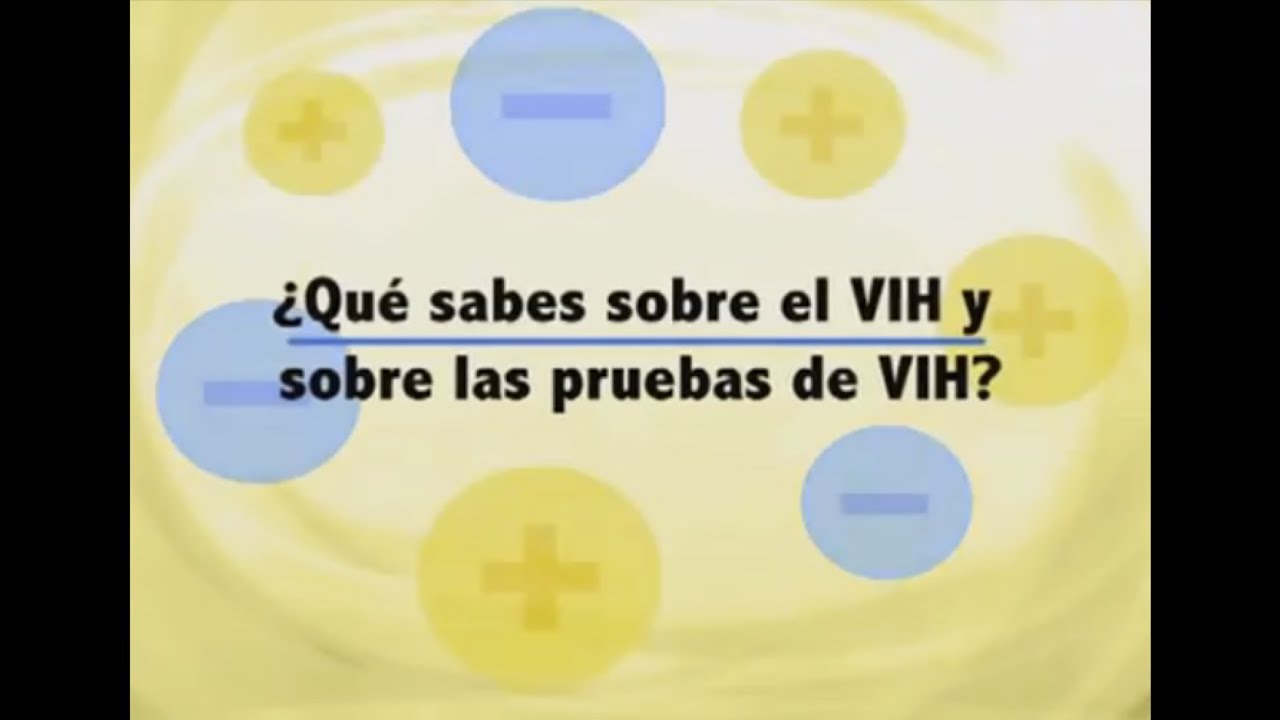
Dissecting the Cultural Barriers to HIV Prevention and Care
Boy, oh boy, isn’t it a pickle? Culture can be both a warm blanket and a barrier as tough as nails. In the Spanish-speaking neck of the woods, talking about HIV is often swept under the rug, shrouded in a thick fog of stigma and secrecy. It’s like that elephant in the room no one wants to acknowledge. There’s this notion that HIV is a straight shot to judgment from others, which leads to folks keeping mum about the whole thing.
But here’s the kicker: staying silent is like throwing gasoline on a fire. It hinders folks from stepping up to get tested or even saying “yes” to treatment. And let’s not forget the old wives’ tales and myths that are more stubborn than a mule, confusing people about how HIV is passed on from one soul to another. It’s high time we bridge that gap with understanding and respect, no ifs, ands, or buts.
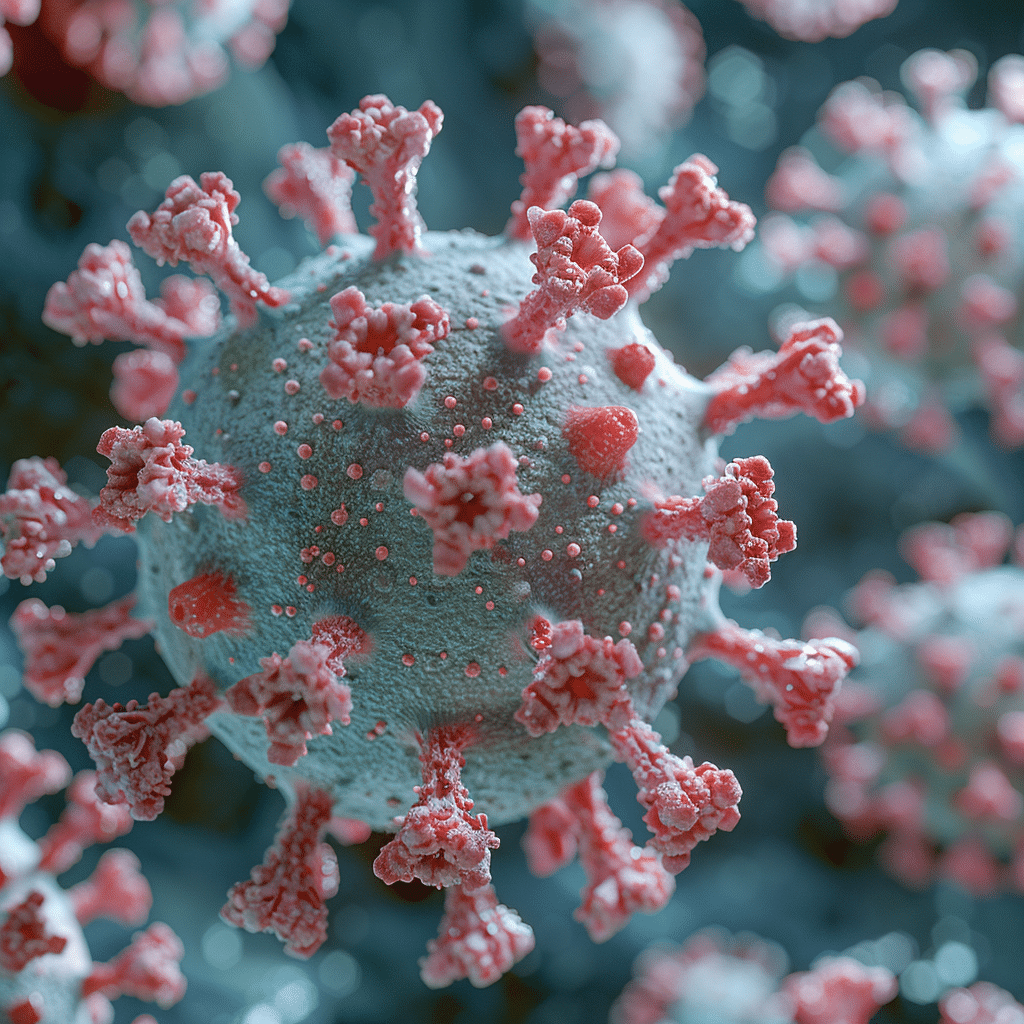
| English | Spanish | Information |
| HIV Definition | Definición de VIH | Human Immunodeficiency Virus, the virus that causes AIDS. |
| Mode of Transmission | Modo de Transmisión | Transmitted through blood, semen, vaginal and rectal fluids, and breast milk. Not through casual contact. |
| Prevention | Prevención | Safe sex (condoms), not sharing needles, pre-exposure prophylaxis (PrEP), and treatment as prevention. |
| Symptoms | Síntomas | Flu-like symptoms initially, can progress to opportunistic infections if untreated. |
| Diagnosis | Diagnóstico | Blood test for HIV antibodies and antigens. |
| Treatment | Tratamiento | Antiretroviral therapy (ART) to control the virus. |
| Living with HIV | Viviendo con VIH | Emphasis on medication adherence, regular medical care, and healthy lifestyle. |
| Stigma and Discrimination | Estigma y Discriminación | Encouraging education to combat myths and promote empathy. |
| HIV in Spanish-speaking Countries | VIH en países de habla hispana | Prevalence varies; awareness, stigma, and access to care are critical issues. |
| Resources in Spanish | Recursos en español | List of organizations, helplines, and websites providing support and information in Spanish. |
Understanding ‘AIDS in Spanish’: Terminology and Education
Education is the beacon that can guide us out of the dark, and knowing your ABCs about AIDS in Spanish is step uno. But are the pamphlets and posters hitting the mark, or are they just shots in the dark? That’s what we need to grapple with. Sadly, there’s a gap wide enough to drive a truck through when it comes to educational resources that snugly fit the cultural couture.
We need stuff that resonates, that makes folks sit up and take notice, not scratch their heads. For example, one in spanish (“uno” in Spanish) carries a different weight when we talk about the number of lives we aim to save. And when you come across resources like i Had To in spanish, which provide culturally attuned guidance, you realize there’s hope for bridging that gap.

The Importance of Language: Communicating About ‘HIV in Spanish’
Language is a mighty tool, alright. When healthcare rolls out the red carpet for Spanish, it’s saying, “You matter.” But boy, isn’t it a steep mountain to climb? Docs and nurses sometimes hit a brick wall when they can’t speak the lingo, and patients feel like they’re playing charades trying to convey their worries and woes.
But here, real champs have made waves, like muscle girl, representing strength in adversity. Case studies show that when a doc rolls up their sleeves and says partner in spanish (“compañero” in Spanish), it’s not just about medical partnerships; it’s about being in this tango together.
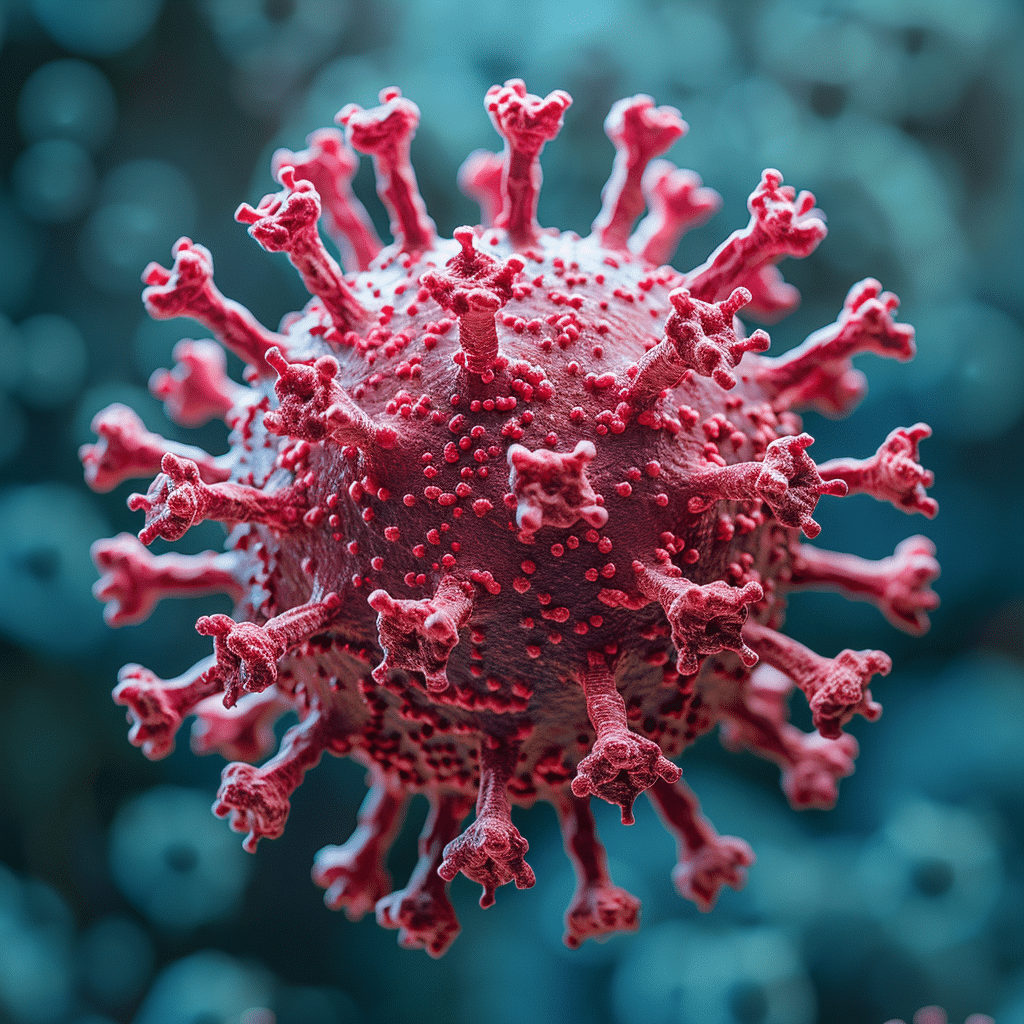
Navigating Treatment: ‘Pills in Spanish’ and Medication Accessibility
Let’s cut to the chase: if getting your meds feels like a wild goose chase, we’ve got a problem. ‘Pills in Spanish’ ain’t just about the lingo; it’s about wrapping your head around what you’re popping and why. Imagine you’re trying to follow a recipe, but it’s all Greek to you. That’s a recipe for disaster, right?
Accessibility isn’t just a fancy word here. We’re talking brass tacks – can folks get their hands on lifesavers like Truvada or Descovy? It’s like a scene from a novella where the protagonist, played by someone as revered as Hanne Jacobsen, faces their greatest challenge. And pharmacies? They’re not just dispensaries; they’re beacon stations of hope, where pharmacists say Drugs in spanish (“medicamentos” en Español) and folks actually understand the gravity of their regimen.

Community Initiatives and Success Stories in Spanish-Speaking Populations
Here’s where the rubber meets the road. Success stories in our communities are like bread crumbs leading us out of the forest. Like, take Tim Tebow wife, who’s using her platform to cast light into the shadows of HIV; or the local heroes who roll up their sleeves to organize testing drives and support groups like they were organizing a neighborhood barbeque.
Non-profits are connecting the dots, creating a quilt of services stitched with love, care, and cultural savvy. They’re the push that starts the domino effect, toppling over barriers and bringing a ray of hope where it’s darkest.
Looking Forward: Innovations and Progress in HIV Management in Spanish Communities
What’s on the horizon? Innovations that are as exciting as the plot twist in a Zendaya movie. We’re talking about digital tools that are as savvy as a smartphone but as easy to use as your grandma’s radio. There’s talk of pills that could be game-changers and treatments that come out swinging like a home run.
Clinical trials are buzzing with activity, looking for that silver bullet. But it’s not all high-tech razzle-dazzle; it’s about making the conversation common, like how “Cupid” ain’t just a cherub in a fifty fifty cupid Lyrics song but a reminder of love and care in the HIV conversation.
Every step we take, every story we share, every hand we hold, it’s all part of the grand tapestry of fighting HIV in Spanish-speaking communities. It’s not just about speaking the language; it’s about speaking to the heart. And as long as there’s breath in our lungs, we’ll keep the dialogue alive, stoking the embers of progress and igniting the flames of hope. Because together, we’re stronger than HIV. Together, we stand tall.
Exploring the Impact of HIV in Spanish Communities
Who knew that learning about HIV could be peppered with fascinating tidbits? Let’s dive right into some engaging trivia about HIV in the diverse tapestry of Spanish-speaking communities.
Believe it or not, the terminology we use for HIV is a universal linguist’s dream! ‘HIV’ stays consistent in both English and Spanish, shorthand for ‘human immunodeficiency virus’ – or “virus de la inmunodeficiencia humana” if you’re aiming to impress at your next trivia night. But, hang on a sec! Did you know that certain regions have distinct colloquial terms for HIV-related colloquial terms and slang that even vary within Spain or Latin American countries?
Now, don’t drop your churro, but in the quest for staying well-informed, Spanish-language soap operas have been a surprising crusader in the fight against HIV. These popular shows often serve up more than just dramatic plot twists; they also dish out vital information on health issues, including HIV prevention and treatment, which is a testament to their powerhouse role in public education and creating awareness.
Transitioning with a shimmy and a shake, let’s tango with some stats that might just salsa their way into your next conversation. It’s been found that in certain Spanish-speaking regions, the cultural stigmas surrounding HIV can lead to a delay in seeking treatment. This is a crucial point because early detection and management can make a huge difference, amigos. Picture this: culturally sensitive awareness programs addressing these stigmas are not just beneficial; they’re life-changing.
To cap it off, here’s a juicy morsel – the first-ever significant HIV/AIDS movie was lauded not just for riveting storytelling but also for its importance in advocacy. It served as a way to introduce the nitty-gritty of the disease to the general public, challenging the stigma and empowering viewers with knowledge. Now that’s what you call a showstopper!
As we’ve sashayed through this section, it’s crystal clear that understanding HIV in Spanish communities isn’t just a matter of translating medical jargon. It’s about connecting to the heart and soul of a vibrant, diverse community with nuances that can make a world of difference in health education and prevention. ¡Vamos! Let’s continue to break down barriers and build bridges of understanding in every language!
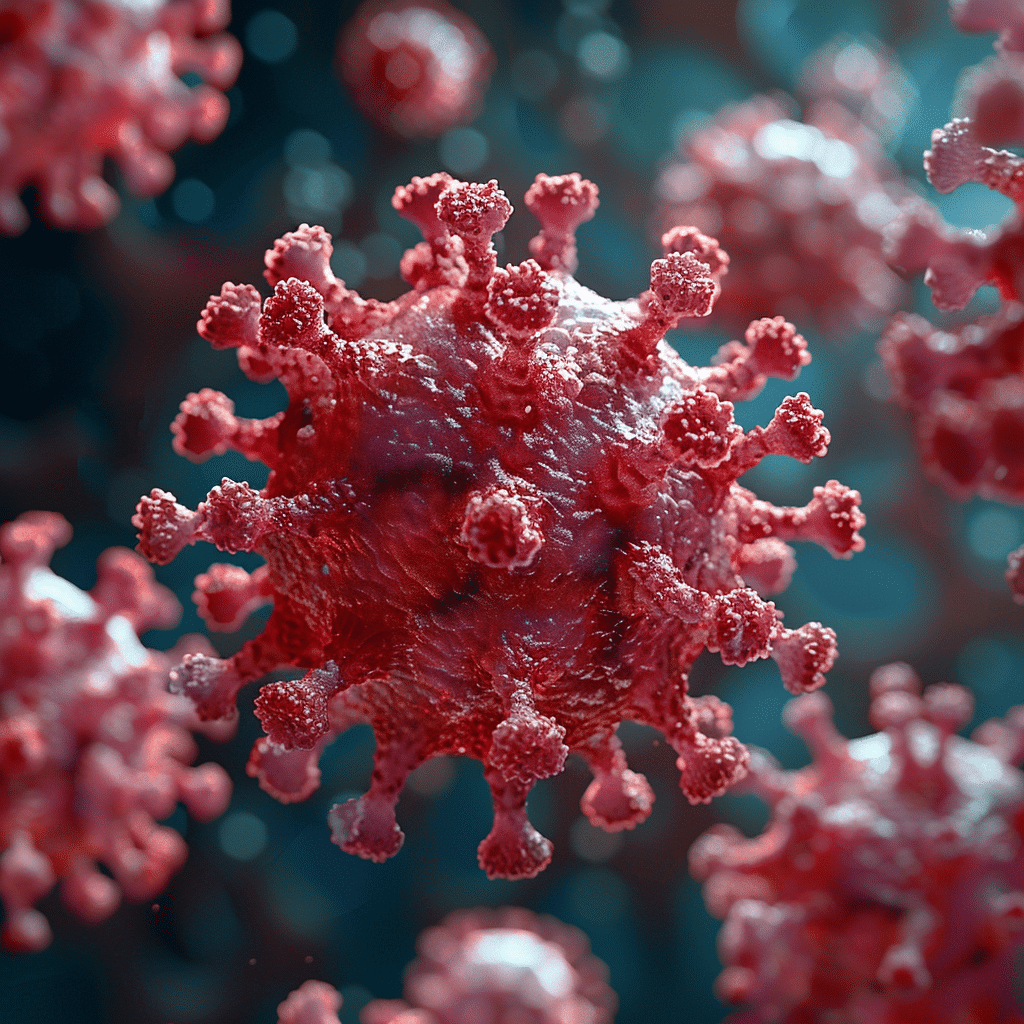
¿Qué es HIV en español?
El VIH significa Virus de la Inmunodeficiencia Humana. Es un virus que ataca el sistema inmunitario y lo debilita, lo que puede hacer que sea más difícil para el cuerpo luchar contra otras infecciones y enfermedades.
¿Qué tipo de enfermedad es la HIV?
La HIV es una enfermedad infecciosa y crónica que afecta principalmente el sistema inmunitario. Si no se trata, puede desarrollarse en SIDA, la etapa más avanzada, donde la capacidad del cuerpo para combatir infecciones es gravemente disminuida.
¿Qué quiere decir HIV positivo?
Estar HIV positivo significa que se ha detectado el virus del VIH en tu sangre. Es un resultado que surge de pruebas médicas específicas y significa que el virus está presente en tu organismo, aunque no necesariamente tengas síntomas o la enfermedad del SIDA.

